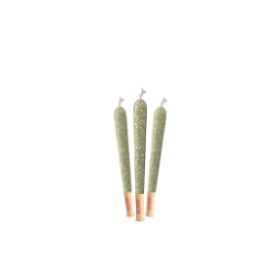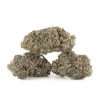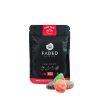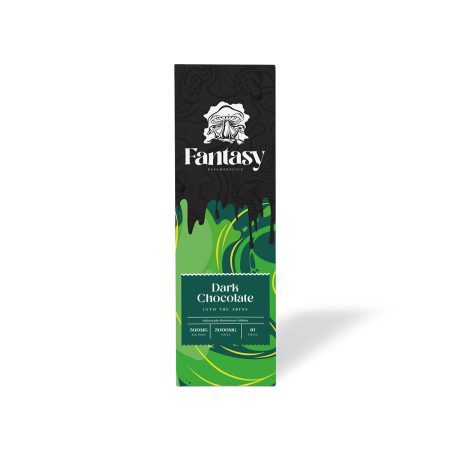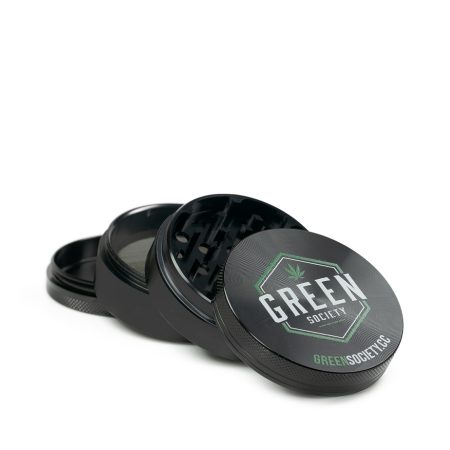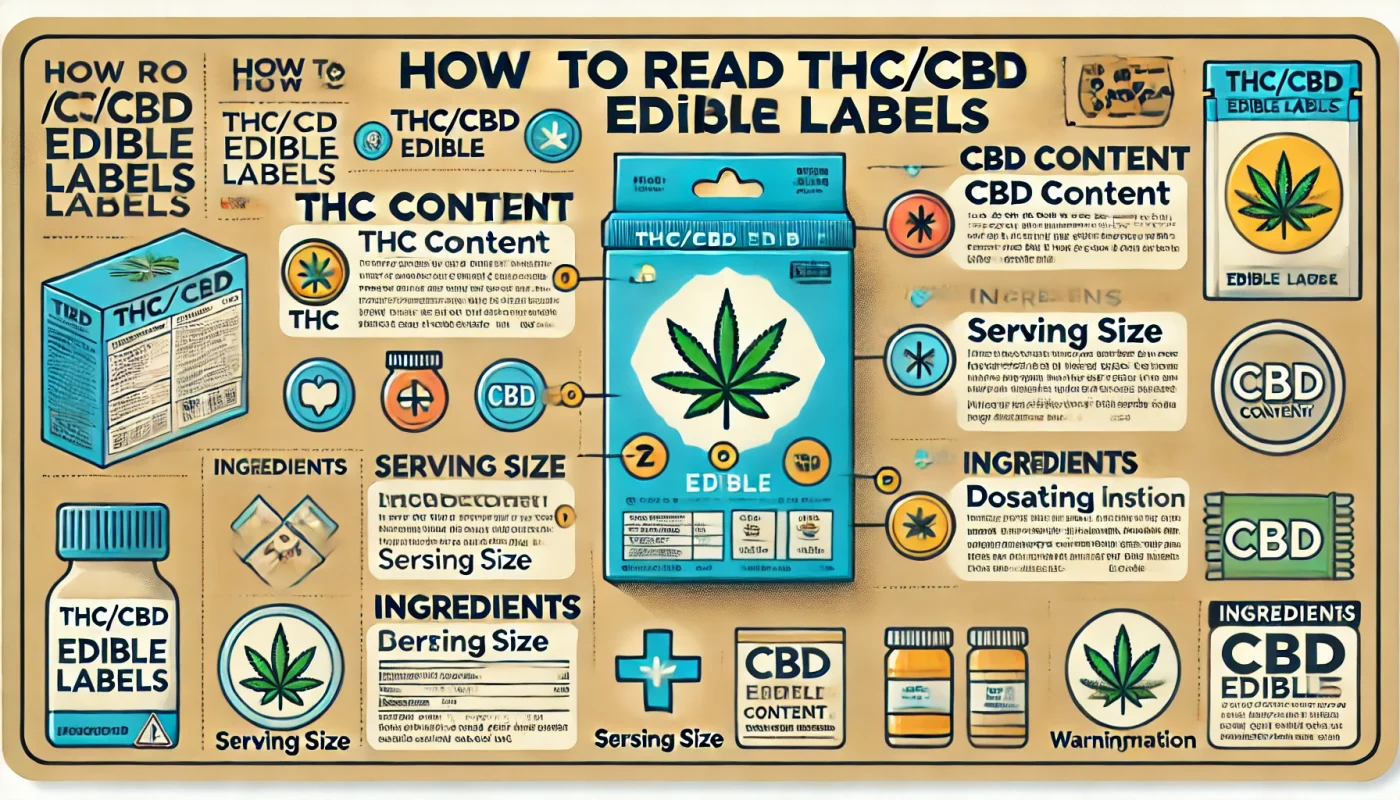Marijuana
A Guide to Reading THC/CBD Edible Labels: What to Look For
Introduction
As the popularity of THC and CBD edibles continues to rise in Canada, understanding how to read and interpret edible labels is crucial for both safety and efficacy. These labels contain vital information that can help consumers make informed decisions about the products they are using. In this guide, we will break down the key components of THC and CBD edible labels, explain how to maximize their effects, and answer common questions about label reading.
Understanding THC/CBD Edible Labels
Key Components of THC/CBD Edible Labels
When examining a THC or CBD edible label, there are several essential pieces of information to look for:
- Total THC/CBD Content: This indicates the total amount of THC or CBD in the entire product, usually expressed in milligrams (mg).
- Per Serving Content: This specifies the amount of THC or CBD per individual serving.
- Ingredients List: This provides information on the ingredients used to make the edible, which is crucial for those with dietary restrictions or allergies.
- Expiration Date: This helps ensure that the product is consumed while it is still effective and safe.
- Batch Number and Lot Code: These identifiers are important for tracing the product back to its source in case of recalls or issues.
- Health Warnings and Usage Instructions: Important safety information and recommended usage guidelines.
How to Read a CBD Oil Label
Decoding CBD Oil Labels
Reading a CBD oil label requires attention to several specific details:
- CBD Concentration: Look for the total CBD content in the bottle and per serving size.
- Type of CBD: Identify whether the product contains full-spectrum CBD, broad-spectrum CBD, or CBD isolate.
- Carrier Oil: This is the oil used to dilute the CBD extract, such as hemp seed oil, MCT oil, or olive oil.
- Third-Party Testing: Ensure the product has been tested by an independent lab for purity and potency.
- Additional Ingredients: Check for any added ingredients, such as flavorings or additional cannabinoids.
What Needs to Be on a CBD Label?
A comprehensive CBD label should include:
- Product Identity: Clearly labeled as CBD oil or tincture.
- Net Quantity: The amount of product in the container (e.g., 30ml).
- Ingredients: A full list of ingredients, including the carrier oil and any flavorings.
- CBD Content: Total CBD content in milligrams (mg) and per serving size.
- Usage Instructions: Suggested dosage and method of consumption.
- Warnings: Any health warnings or contraindications.
- Manufacturing Information: Name and contact information of the manufacturer or distributor.
- Batch Number and Expiry Date: For quality control and traceability.
Maximizing the Effects of Edibles
Tips for Optimal Results
To maximize the effects of THC and CBD edibles:
- Start Low and Go Slow: Begin with a low dose, especially if you are a beginner, and wait at least 2 hours before consuming more.
- Take on an Empty Stomach: Edibles can be more effective when taken on an empty stomach, but this varies per individual.
- Be Patient: Edibles take longer to kick in compared to smoking or vaping. Effects can take anywhere from 30 minutes to 2 hours to manifest.
- Stay Hydrated: Drinking water can help mitigate some of the side effects of edibles.
- Understand Your Tolerance: Be mindful of your own tolerance levels and adjust your dosage accordingly.
How Are Edibles Labeled?
Regulatory Requirements for Edible Labels
In Canada, edible cannabis products must adhere to strict labeling regulations to ensure consumer safety and informed usage. These regulations are outlined by Health Canada and include:
- Standardized Cannabis Symbol: A recognizable symbol indicating the presence of THC.
- THC and CBD Content: Clear indication of the total amount of THC and CBD per package and per serving.
- Health Warning Message: Mandatory warnings about the risks associated with cannabis use.
- List of Ingredients: Complete list of all ingredients used in the product.
- Allergen Information: Disclosure of any common allergens present in the product.
- Nutrition Facts Table: Similar to conventional food products, providing nutritional information.
- Storage Instructions: Guidelines on how to properly store the product to maintain its quality and safety.
- Contact Information: Details of the licensed producer or manufacturer.
For detailed regulations, you can refer to the official Health Canada guide.
Common FAQs About THC/CBD Edible Labels
How do you maximize the effects of edibles?
To maximize the effects of edibles, start with a low dose and gradually increase as needed. Take them on an empty stomach for quicker absorption, stay hydrated, and be patient as the effects can take up to two hours to set in.
How to read a CBD oil label?
When reading a CBD oil label, check for the total CBD content, type of CBD, carrier oil, third-party testing results, and any additional ingredients.
What needs to be on a CBD label?
A CBD label should include the product identity, net quantity, ingredients, CBD content, usage instructions, health warnings, manufacturing information, batch number, and expiry date.
How are edibles labeled?
Edibles in Canada are labeled with standardized cannabis symbols, THC and CBD content, health warnings, ingredient lists, allergen information, nutrition facts, storage instructions, and contact information of the producer.
Conclusion
Understanding how to read THC and CBD edible labels is essential for making informed and safe choices. By familiarizing yourself with the key components of these labels, you can ensure that you select the right products for your needs and maximize their benefits. Always start with a low dose, be patient, and enjoy the journey towards a more informed and enjoyable cannabis experience.

